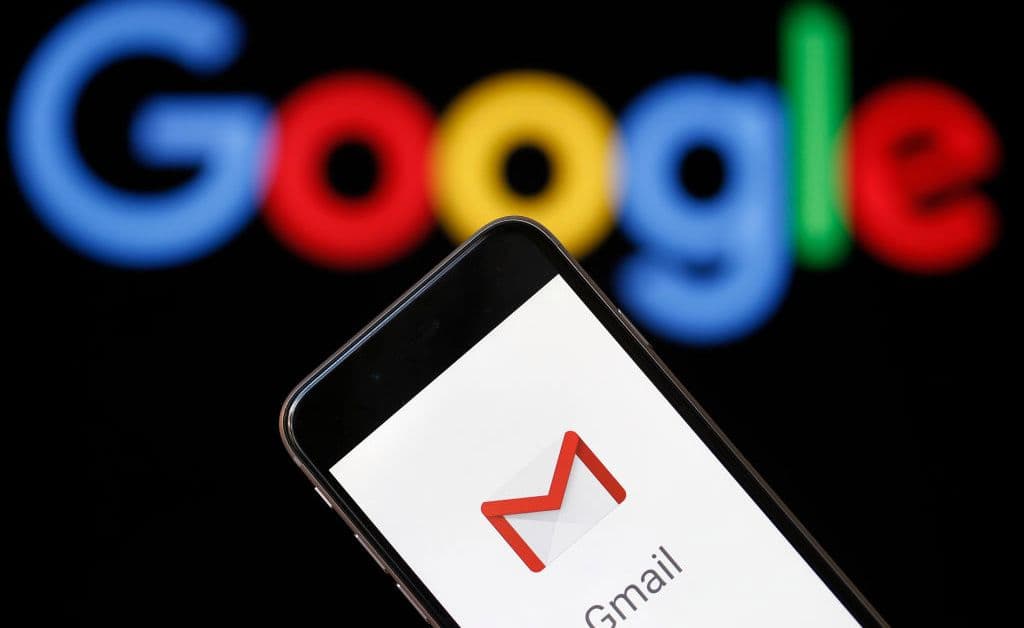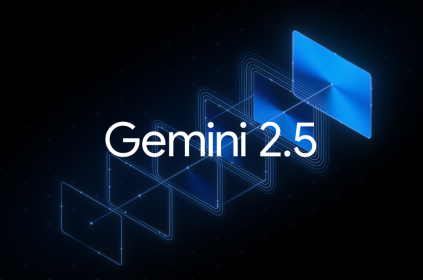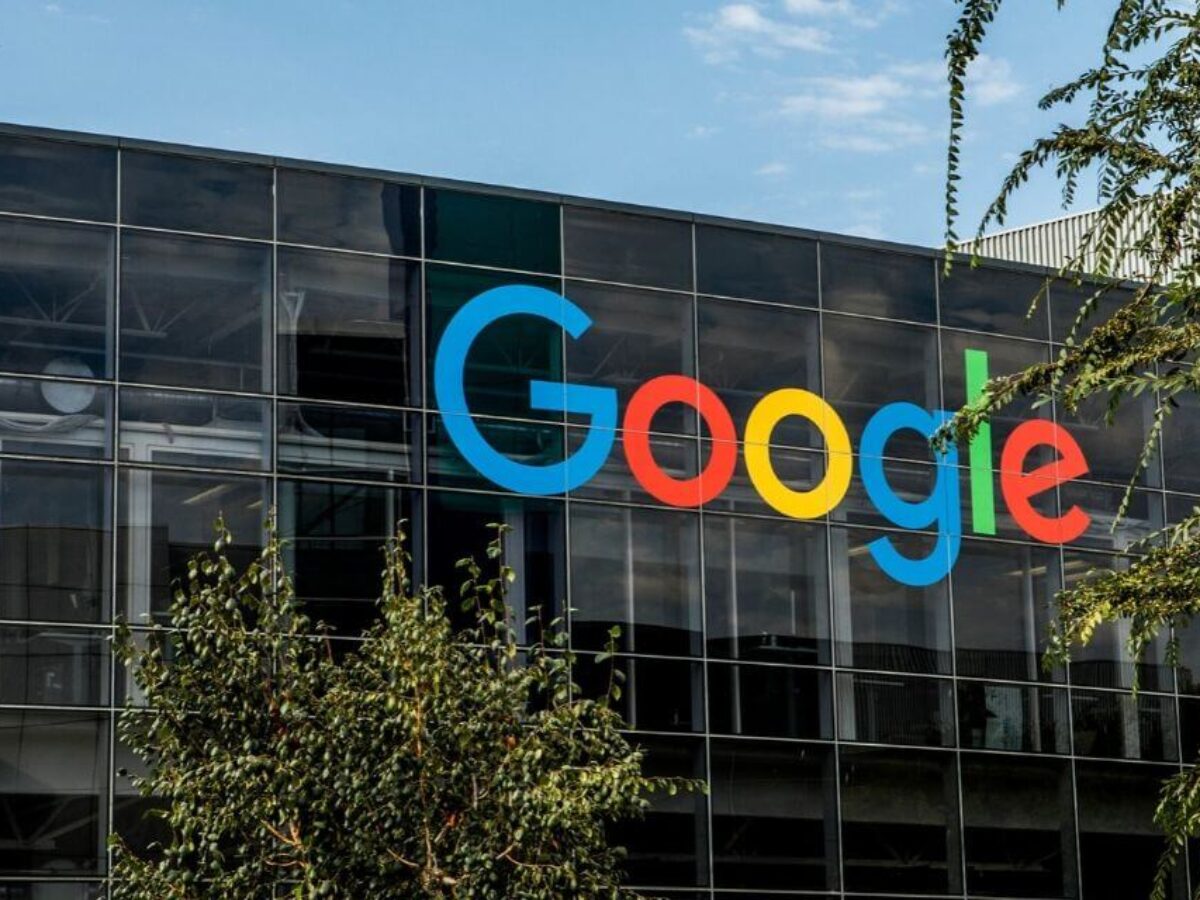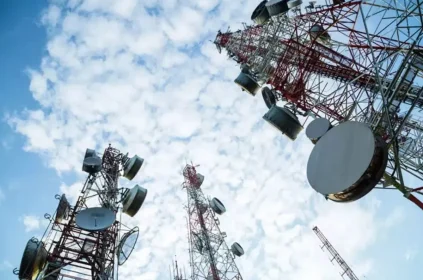Written By Ezeja Victor
Tech giant, Google, owned by Alphabet Inc., recently announced that it plans to delete accounts that have remained inactive for at least two years.
This, it said, is part of efforts to curb security threats across its platforms.
Boosting cybersecurity is currently one of the top concerns of digital technology companies given the growing menace of cyber attacks and the implications on data and database management.
The decision is part of Google’s new update to its policy, but “Google said it will not begin deleting accounts until December,” CNN reported.
Accounts affected
Deleting Google accounts which would affect email access, could as well, include losing access to Google Drive, Docs, Meet, Calendar, Google Photos and YouTube.
ALSO READ: 7 Useful Google Apps To Make Your Life Easier
However, according to a Reuters report, “The policy change only applies to personal Google accounts and not to those for organizations like schools or businesses.”
Why Google Plans to delete inactive Google accounts?
The tech giant said that old inactive accounts are less likely to have security protections such as two-step authentication, as well as old or repeated passwords in place which could make them vulnerable to cyber hackers.
Google’s vice president of product management, Ruth Kricheli in a blog post said:
“These accounts are often vulnerable, and once an account is compromised, it can be used for anything from identity theft to a vector for unwanted or even malicious content, like spam.”
Kritcheli stressed the importance of this course of action in safeguarding the integrity of other accounts within the platform, as inactive accounts are particularly vulnerable to compromise.
Google’s VP of Product Management further noted that while the company has invested in advanced technologies and tools to protect users from security threats such as spam, phishing scams, and account hijacking, accounts that remain dormant for prolonged durations face a higher likelihood of compromise.
This is due to the fact that forgotten or unattended accounts often rely on outdated or reused passwords that may have been compromised or lack two-factor authentication.
“To mitigate this risk, we are revising our inactivity policy for Google Accounts to encompass a two-year threshold across all our products.
“Commencing later this year, any Google Account that remains unused or unaccessed for a minimum of two years may be subject to deletion, along with its associated content, including data stored within Google Workspace (Gmail, Docs, Drive, Meet, Calendar), YouTube, and Google Photos,” Kricheli stated while giving further insights into the critical policy update.
According to Kricheli, the inactive accounts that would go first are Google accounts that were created but never revisited by the user.
Google said that before deleting inactive accounts it would send multiple notifications and warnings to both the account email address and the recovery email (if provided), before getting them permanently deleted.
How to keep Google accounts active and safe from deletion
To avoid being affected by the imminent massive deletion every Google account user need to do the following:
- Sign-in with your username and password (if you still remember them) and frequently read or send emails.
- If you don’t remember the password or username, follow the steps from Google’s support team to recover your account.
- Frequent access to Google Drive
- Watching YouTube videos
- Downloading and updating apps from the Google Play Store
- Making use of Google Search, Google map (especially on mobile devices)
- Employing “Sign in with Google” to access third-party apps or services.
Furthermore, Google acknowledges that existing subscriptions established through a Google Account, such as Google One, news publications, or applications, contribute to account activity.
For those with more than one account may be using one sparingly but do not want to lose it, it advised that you try setting a reminder on your calendar to log in and click every so often
Enhancing Security by Targeting Inactive Accounts
The criteria for identifying inactive accounts primarily revolve around the absence of sign-ins over a two-year period.
Communicated through a, Ruth Kricheli, Google’s VP of Product Management, emphasized the imperative nature of this course of action in safeguarding the integrity of other accounts within the platform, as inactive accounts are particularly vulnerable to compromise.
Kricheli further elucidated that while Google has invested in advanced technologies and tools to protect users from security threats, such as spam, phishing scams, and account hijacking, accounts that remain dormant for prolonged durations face a higher likelihood of compromise.
This is due to the fact that forgotten or unattended accounts often rely on outdated or reused passwords that may have been compromised or lack two-factor authentication.
Significance of the Policy Update
Recognizing the potential ramifications of compromised accounts, ranging from identity theft to facilitating the dissemination of unwanted or malicious content, such as spam, Kricheli highlighted the critical policy update:
“To mitigate this risk, we are revising our inactivity policy for Google Accounts to encompass a two-year threshold across all our products.
“Commencing later this year, any Google Account that remains unused or unaccessed for a minimum of two years may be subject to deletion, along with its associated content, including data stored within Google Workspace (Gmail, Docs, Drive, Meet, Calendar), YouTube, and Google Photos.”
Kricheli emphasized that this policy exclusively applies to personal Google Accounts and will not affect accounts linked to organizations such as schools or businesses.
The policy revision serves to align Google’s retention and account deletion practices with prevailing industry standards, while also reducing the duration for which unused personal information is retained by the company.
Although the policy is effective immediately, it will not promptly impact users with inactive accounts.
Account deletion will commence no earlier than December 2023, employing a phased approach that targets accounts created but subsequently abandoned.
Prior to deletion, Google will dispatch multiple notifications to both the account email address and the recovery email (if provided).
Sustaining Account Activity
Google emphasizes that the most straightforward method to keep a Google Account active is to sign in at least once every two years.
If recent sign-ins have been performed on a Google Account or any of its associated services, the account will be deemed active and immune to deletion.
Google underscores several activities that qualify as account engagement:
- Reading or sending an email
- Utilizing Google Drive
- Watching YouTube videos
- Downloading apps from the Google Play Store
- Utilizing Google Search
- Employing “Sign in with Google” to access third-party apps or services.
Furthermore, Google acknowledges that existing subscriptions established through a Google Account, such as Google One, news publications, or applications, contribute to account activity and safeguard accounts from being affected by the deletion process.



















 and then
and then